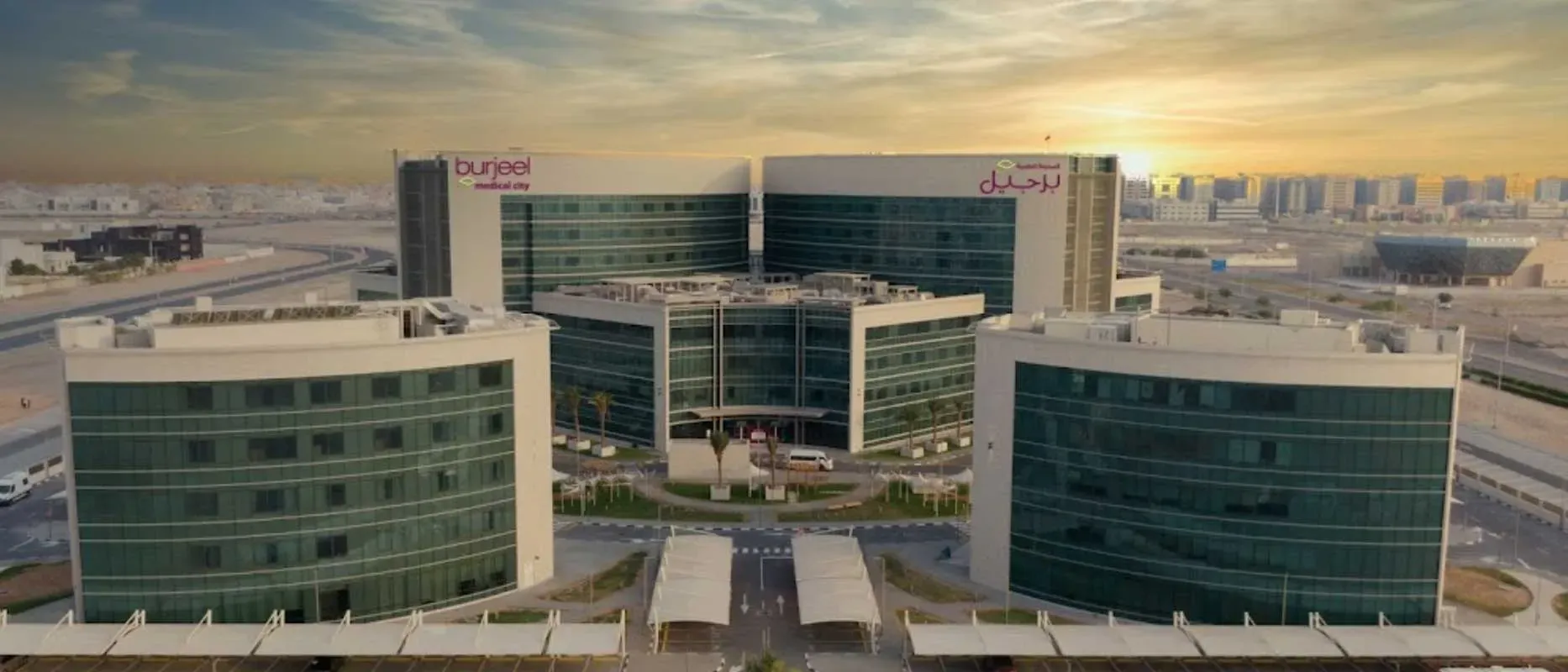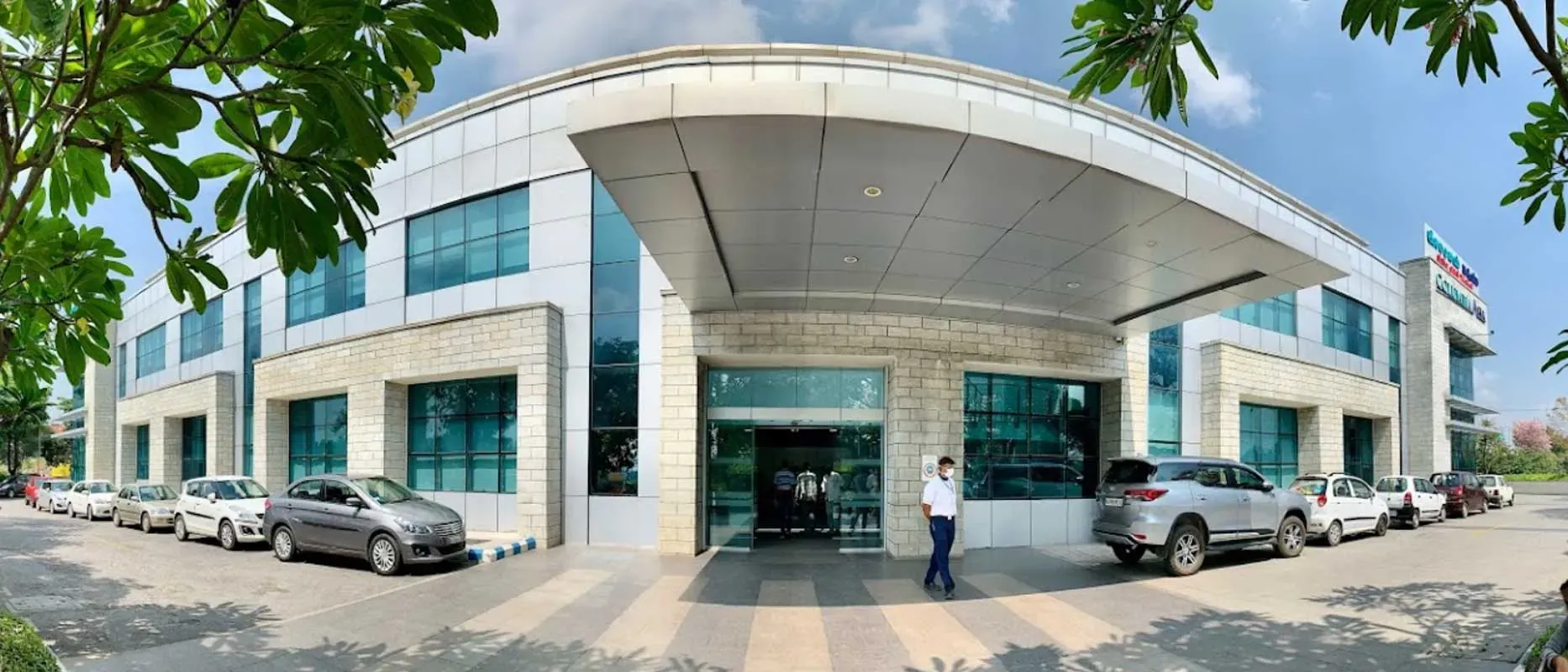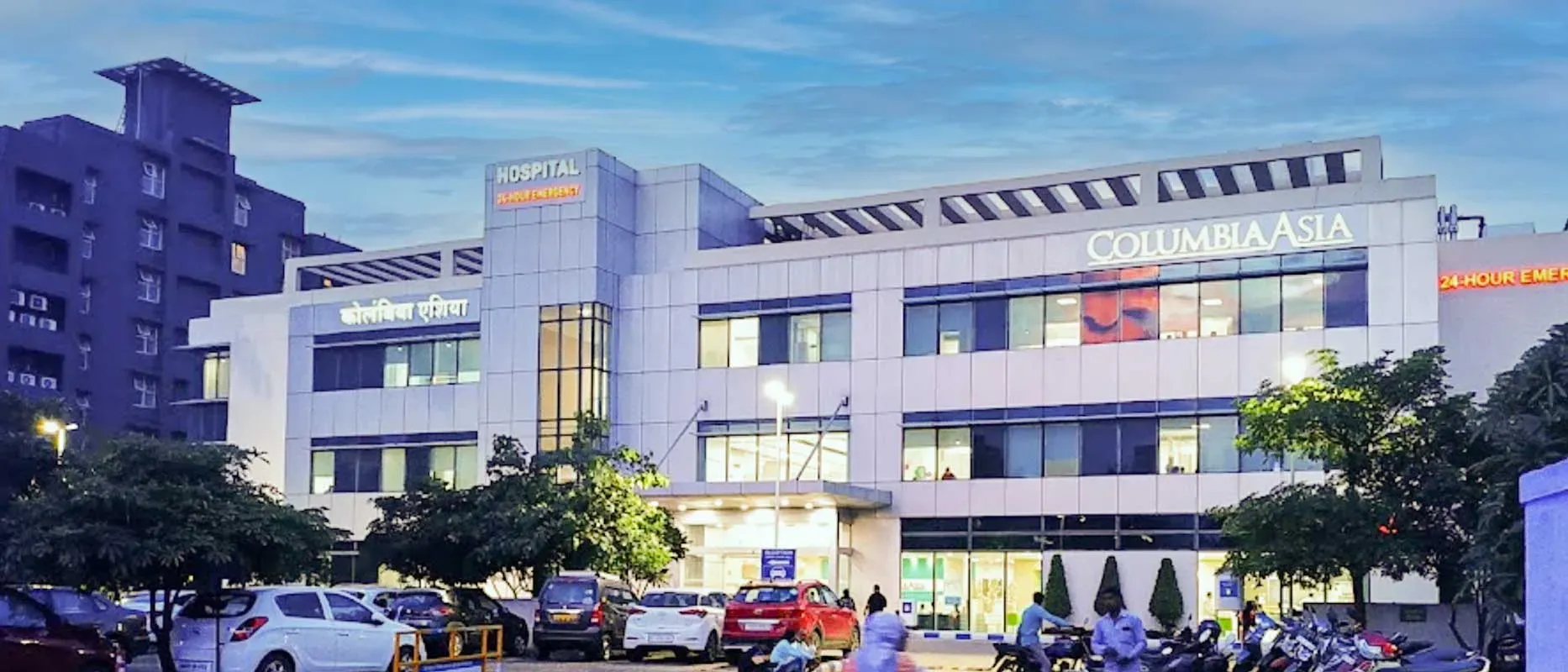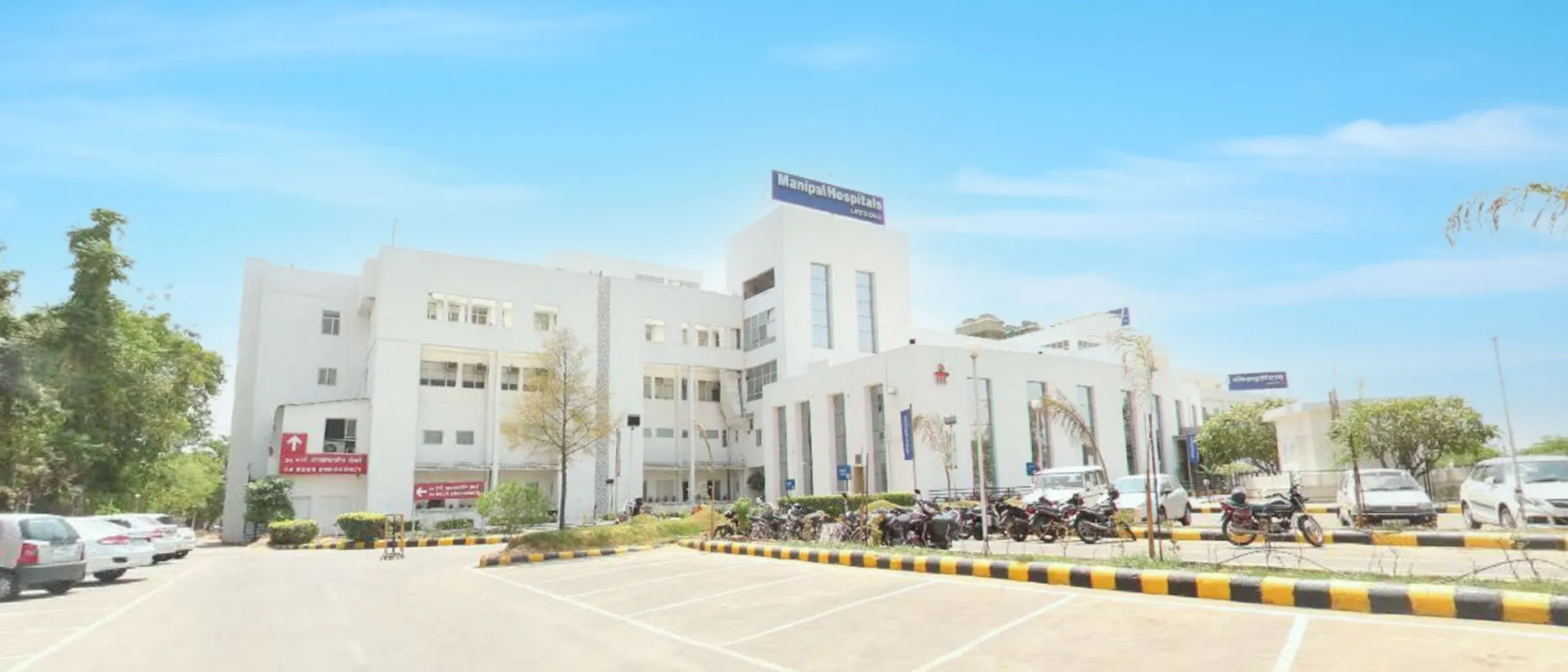Overview of Cifoplastia Treatment India
As one gets older, bones become weak, brittle, and prone to fracture. Osteoporosis is the most common type of bone disease that makes the bones weak. According to studies, osteoporosis is common among postmenopausal women, thus increasing the risk for a number of problems, such as vertebral abnormalities and joint disorders. A compression fracture occurs when there is too much pressure placed on a weakened or brittle vertebra and it collapses.
These types of fractures are common in the thoracic spine and especially among the lower vertebrae. Most of the patients suffering from vertebral compression fracture recover with nonsurgical treatments, such as best rest, bracing, or pain medications for three months. For other patients, two minimally invasive procedures - vertebroplasty and vertebral augmentation, may be considered.
What is Vertebral Augmentation?
Vertebral augmentation is a category of spinal surgical procedures used to reduce back pain by stabilizing a fractured vertebra. The main approaches to Vertebral Augmentation are radiofrequency vertebral augmentation, kyphoplasty, or vertebroplasty. All these procedures are minimally invasive surgeries and do not require any hospital stay. However, depending on health conditions, few patients may need an overnight hospital stay
Types of Cifoplastia Treatment India
Vertebral Augmentation Procedure
If a patient is diagnosed with a fracture caused by cancer, benign tumors, or osteoporosis, vertebral augmentation is a treatment option recommended. The procedure takes about one hour per fracture treated.
Before the Procedure
The doctor will perform a physical exam and some imaging tests such as X-rays, CT, MRI, or bone scan. These tests will help to locate the fracture and when it occurred. This will also help to decide whether or not to perform Vertebral Augmentation. No food or drink should be consumed at least 6 hours before the procedure. The procedure will be performed under local or anesthesia.
During the Procedure
The procedure will be performed through a small tube. The patient will be kept in close observation for two hours in the recovery room.
01. Kyphoplasty - In this procedure, a small incision is made in the back of the patient. A narrow tube is placed inside this incision. This tube has fluoroscopy on one end to guide it to the correct fracture position. ;With the x-rays images, the surgeon will insert a special balloon into the vertebrae through the tube. This balloon is inflated which elevates the fracture. This further creates a cavity inside the vertebrae. Further, the balloon is deflated and removed from the vertebra. This cavity is then filled by cement material known as polymethylmethacrylate (PMMA). The cement then hardens and stabilizes the bone.
02. Vertebroplasty - In this procedure, contrast-enhanced fluoroscopy is used to guide surgeons to the fractured vertebrae. This fluoroscopy displays real-time X-ray images on a monitor. These images are used to guide fractured vertebras without interfering with nearby nerves such as the spinal cord. Polymethylmethacrylate is injected with pressure into the fractured vertebra. This cement fills the cracks of the bone to stabilize the vertebral bone. The needle from the patient's back will be removed and in about 10 minutes cement hardens. The small incision will be covered with a bandage. Thereafter, patients will be kept under observation for a few hours before leaving the hospital.
03. Radiofrequency Vertebral Augmentation - Radiofrequency-targeted vertebral augmentation (RF-TVA) is a type of kyphoplasty because it involves creating a void in the fractured vertebra bone but a balloon is not used in it. In this procedure, the void is filled with a controlled transferring of bone cement. This allows the bone cement to enter the small cracks. This will prevent leakage of the bone cement outside of the damaged bone.
After the Procedure
After any of this procedure, the patient will lay down flat on the back for a period of time so that cement hardens completely. The patient will be discharged after a few hours and the incision will be covered with a bandage.
Vertebral Augmentation Recovery
The following tips can reduce a patients discomfort while recovering from a compression fracture. One of the main things to keep in mind is avoiding poor posture. The other points to consider are:
01. Try to do gentle activities for a few days.
02. Walk for 10 minutes in 1 or 2 hours.
03. Wear proper shoes while walking
04. While walking, maintain the good posture that is walk tall
05. Avoid soft overstuffed sofas and chairs for sitting. Instead, prefer sitting on a straight-backed chair with arms
06. Wearing silky clothes may help to be more comfortable, especially in bed or getting in a car
07. If you want to move or change sides in bed, log roll is an option. Ask your therapist to explain this.
08. Avoid taking help from another person to sit up. The reason behind this is that pulling movement force is transferred to the back which can lead to more pain.
09. Avoid sleeping in a recliner or couch, instead, use a bed.
10. If a patient does not have pain while doing any activity or exercise, then he/she can continue with it.
11. The soreness may continue for a few weeks or months.
12. A doctor may give you a corset or brace. It is advisable to wear it while sitting or standing to support the spine.
Risks involved with Vertebral Augmentation
According to a survey, it was found that these procedures are effective and safe ways to treat vertebral fractures. However, patients may experience minor complications such as allergy, infection, or bleeding from the puncture site. The other worst vertebral augmentation causes include blockage of a vein in the lower back, leakage of cement in the soft tissue around the vertebrae, or a small blockage in the lung.
Diagnosis of Cifoplastia Treatment India
Symptoms of Vertebral Compression Fracture
The main vertebral augmentation symptoms may include any of the following:
01. Sudden back pain
02. Sharp pain while walking or standing
03. Decrease in pain when lying on the back
04. Decreased spinal mobility
05. Height loss
06. Deformity and disability
If this fracture is left untreated, then it may cause:
01. Reduced lung function
02. Reduced physical activity
03. Fatigue
04. Increased risk of future fracture
Why perform Vertebral Augmentation?
Vertebral augmentation is performed to eliminate the back pain caused by compression fractures. It will help to restore height by introducing an artificial vertebra. This procedure is performed to restore height by inserting an artificial vertebra. This may be combined with injecting bone cement in vertebral fractures.
Symptoms and Risk factors
Considerations for Vertebral Augmentation
Patients suffering from a fracture in a spinal vertebra called compression fracture are good candidates for this procedure. This fracture is caused by trauma in patients suffering from osteoporosis - a disease due to which spinal vertebrae become weak and brittle. The other reason behind fractures can be spinal infection or tumor
How it's Works
Guiding your Journey from Discovery to Treatment Planning and Beyond.
Discovery
Get a consultation to discover about your treatment
Pre-Treatment
Admission to the best hospital and all pre-treatment facilities
Post Treatment
Get post-treatment follow-up care with medicine fulfillment
Treatment Planning
Hassle-free treatment planning with package & cost estimations
in-treatment
world-class quality procedures and equipment for treatment




















